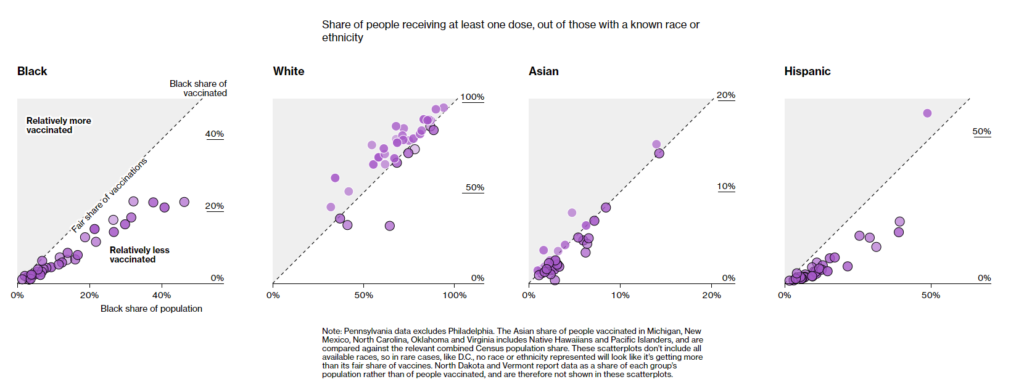Graphic:
Excerpt:
Patients with dementia are at higher risk for Covid-19 and are more likely to have worse outcomes, according to a new study published today.
The study, led by Case Western Reserve University researchers, reviewed electronic health records of 61.9 million adults in the United States and found that the risk for contracting Covid-19 was twice as high for people with dementia compared to the general population.
The risk was even greater still for African Americans with dementia, who were found to be close to three times as likely to be infected with Covid-19.
….
The study, which was published in the journal Alzheimer’s & Dementia: The Journal of the Alzheimer’s Association, also found that certain types of dementia had a greater risk than others.
Author(s): Misha Gajewski
Publication Date: 9 February 2021
Publication Site: Forbes






